
District Six Land Restitution
R250 million [phase 1]
BUDGET
Department of Rural Development and Land Reform
Cape Town
LOCATION
Social Housing
PROJECT TYPE
2021 (Status: Practically Complete)
DATE COMPLETED
Gabs Pather, Khalied Jacobs, Dennis Shaw, Matthew Pretorius, Sadaka Jaffar, Luana Manhiça, Masonwabe Twabu, Clementine Hugo-Hamman, Lolwethu Gubu, Shazia Ebrahim, Adnaan Mohammed.
TEAM
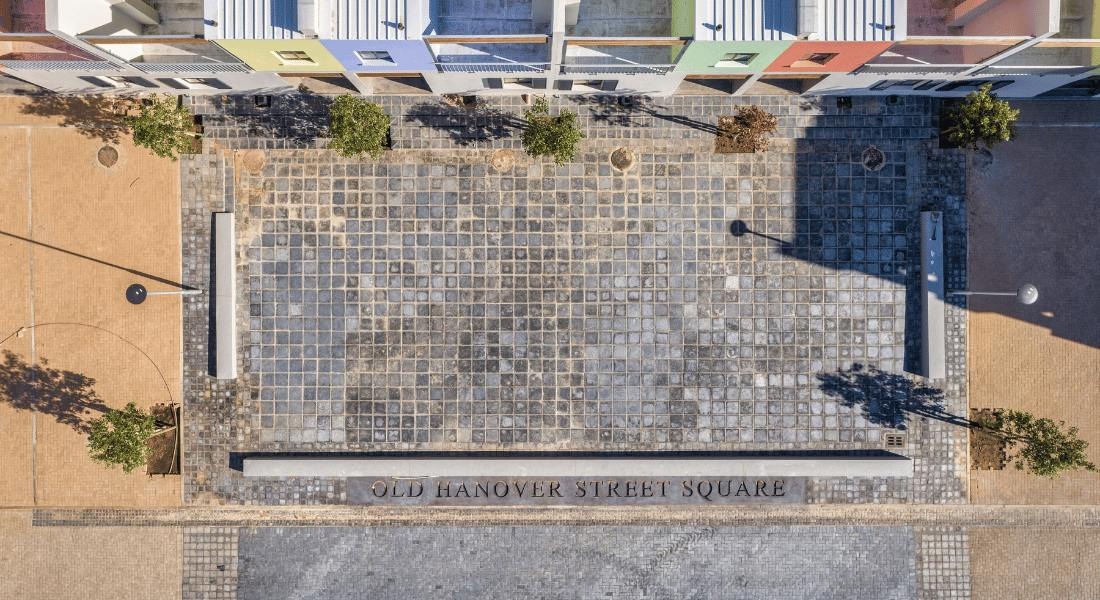
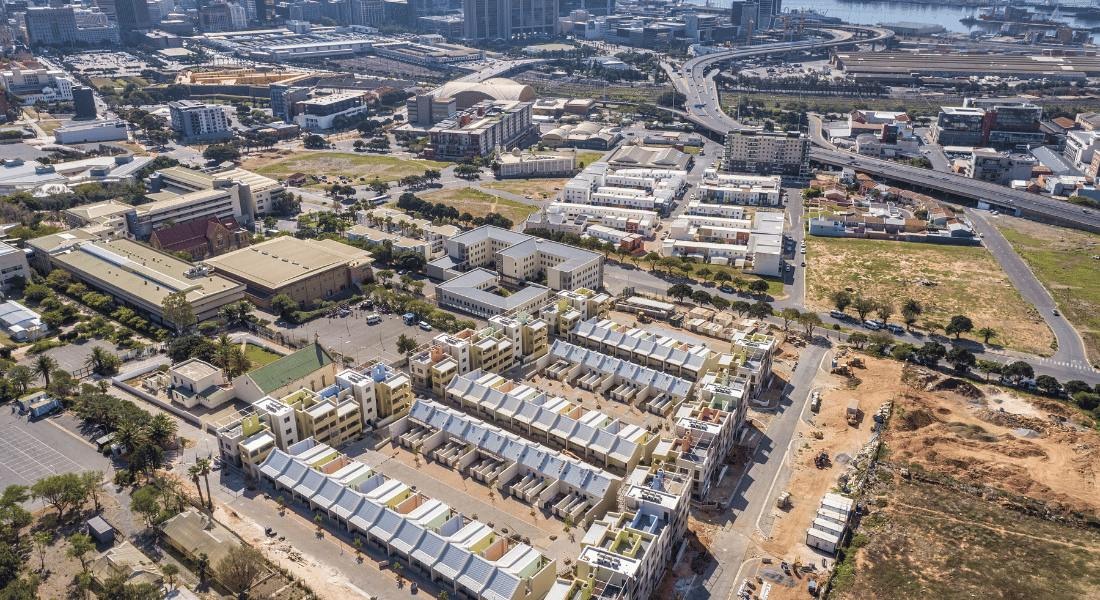
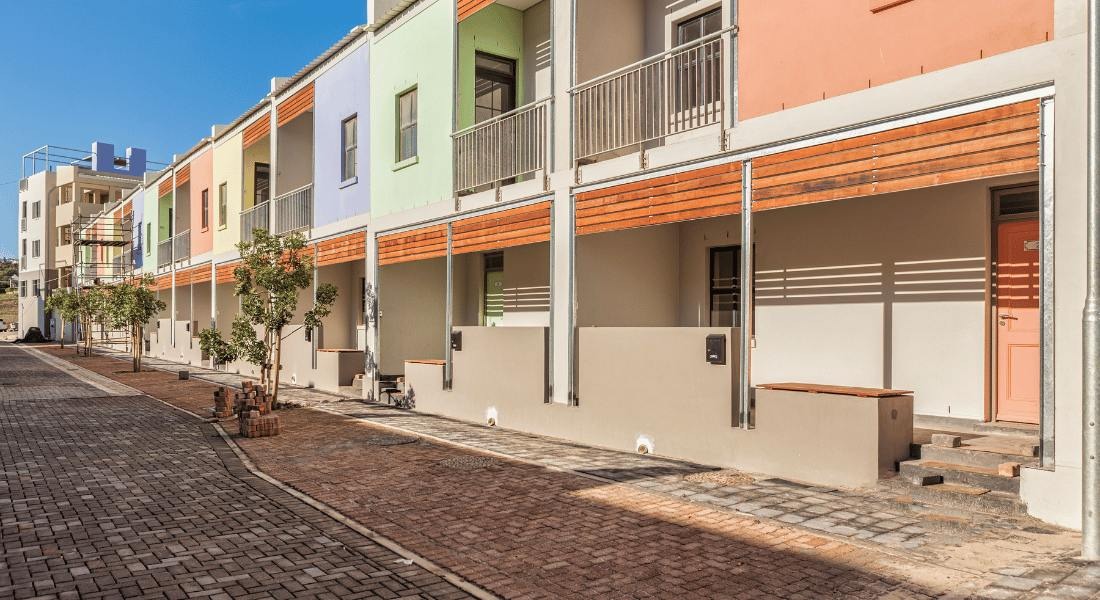
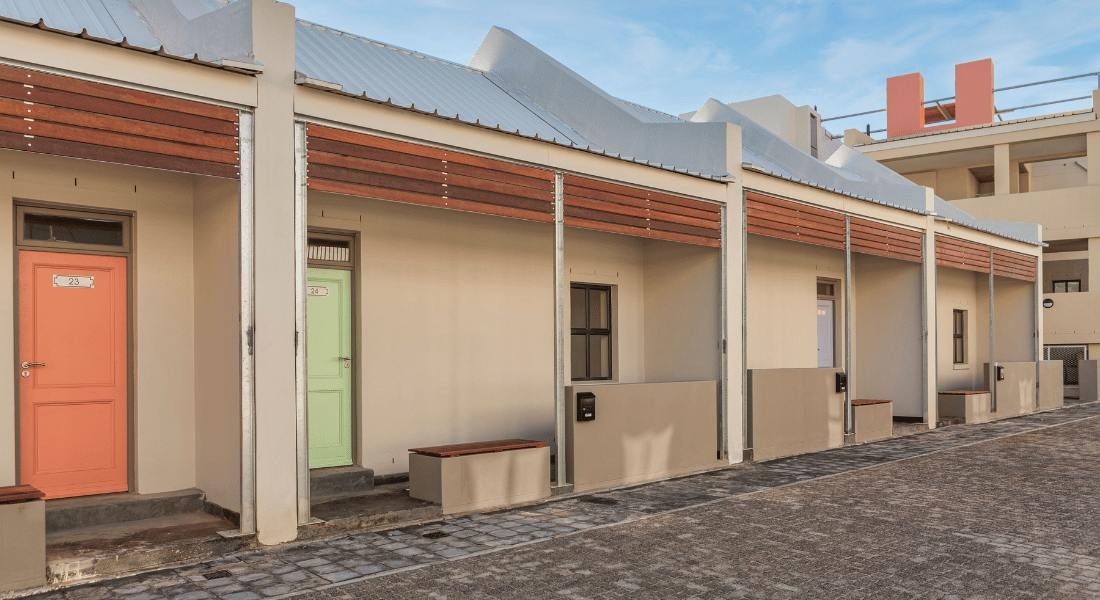

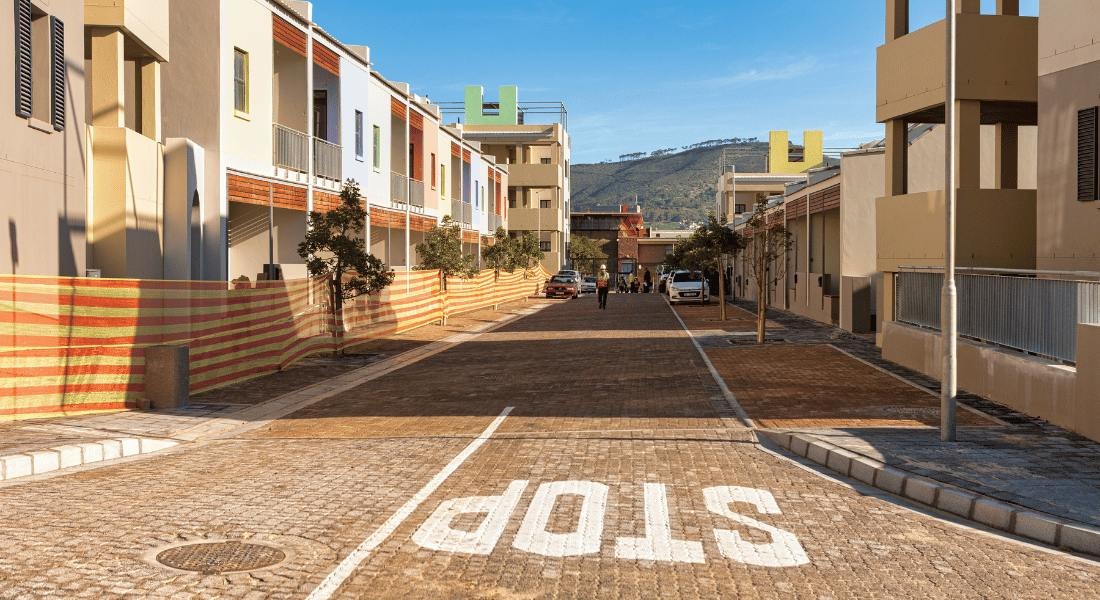
District 6 Restitution Housing Project comprises of 108 housing opportunities for Land Claimants. The broad vision of the District 6 Restitution Housing Project was to conceptually reflect the past but be innovative. The street fabric of the past is desirable for District 6. Our intention was to re-create the spirit of place from the old District 6. To achieve this, we designed an urbane housing model, allowing for closeness. Tectonics, material and colour were also use to complement people’s activities.
Broad Vision (design brief):
· District Six must conceptually reflect the past but be innovative.
· The street fabric of the past is desirable for District Six
· Spaces that capture the wholesome experience that District Six was must be provided so that the shared heritage of the past can be expressed collectively through singing, poetry etc.
· It is important to acknowledge the older people who have passed on while waiting to move back to District Six; and move forward with speed to get people back to the area.
· The redevelopment of District is like creating a living monument.
· The design must not be done in great haste but with care and holistic planning to allow views and other special features.
· Revisit building plans that have been approved and understand where the comments made by some of the members derive from in respect of the Pilot phases.
· The redevelopment of District Six is also the realization of many people who did not claim. Leftover land should be shared with their offspring.
1. New Hanover Street
a) The vision for the current Keizergracht is that of an urban corridor that resembles the original urban activity corridor at the time known as Hanover Street.
b) The corridor is to encourage a mix of uses with retail on the ground plus two storeys of residential living above the retail.
c) Densities and heights may increase towards the city centre.
2. House Design
a) The style of the new homes is to be similar in size and scale to what the original residential fabric was in District Six.
b) As far as possible, claimants’ views must be respected in the design of the new scheme.
c) Special provision in the design must be made for the indigent (older people and those with special needs).
d) It is recognized that the younger offspring may have different requirements in respect of their accommodation needs which must be understood in the design of the new residential units.
e) Ideally livelihood spaces should be attached to the new home that claimants will be occupying; however, given zoning restrictions in respect of allowing claimants to conduct businesses from home, provision should be made for a market space where goods made at home can be traded.
f) While every claimant household must have a single parking bay, it is acknowledged that the parking bay may not be in the form of a garage attached to the house given that it may not be possible to provide a garage for every single household against the physical constraints on the land.
g) The circulation of the house must be based on best practice in respect of accessibility for internal human movement. In this regard, staircases must have a steady rise with generous landings to allow occupants to pass each other and ensure safety.
h) Balustrade design must allow for furniture to be moved with ease.
i) The colour of the new homes must be decided by the returning claimants and will not necessarily be white which gets dirty easily. A good quality paints that is washable is more desirable.


